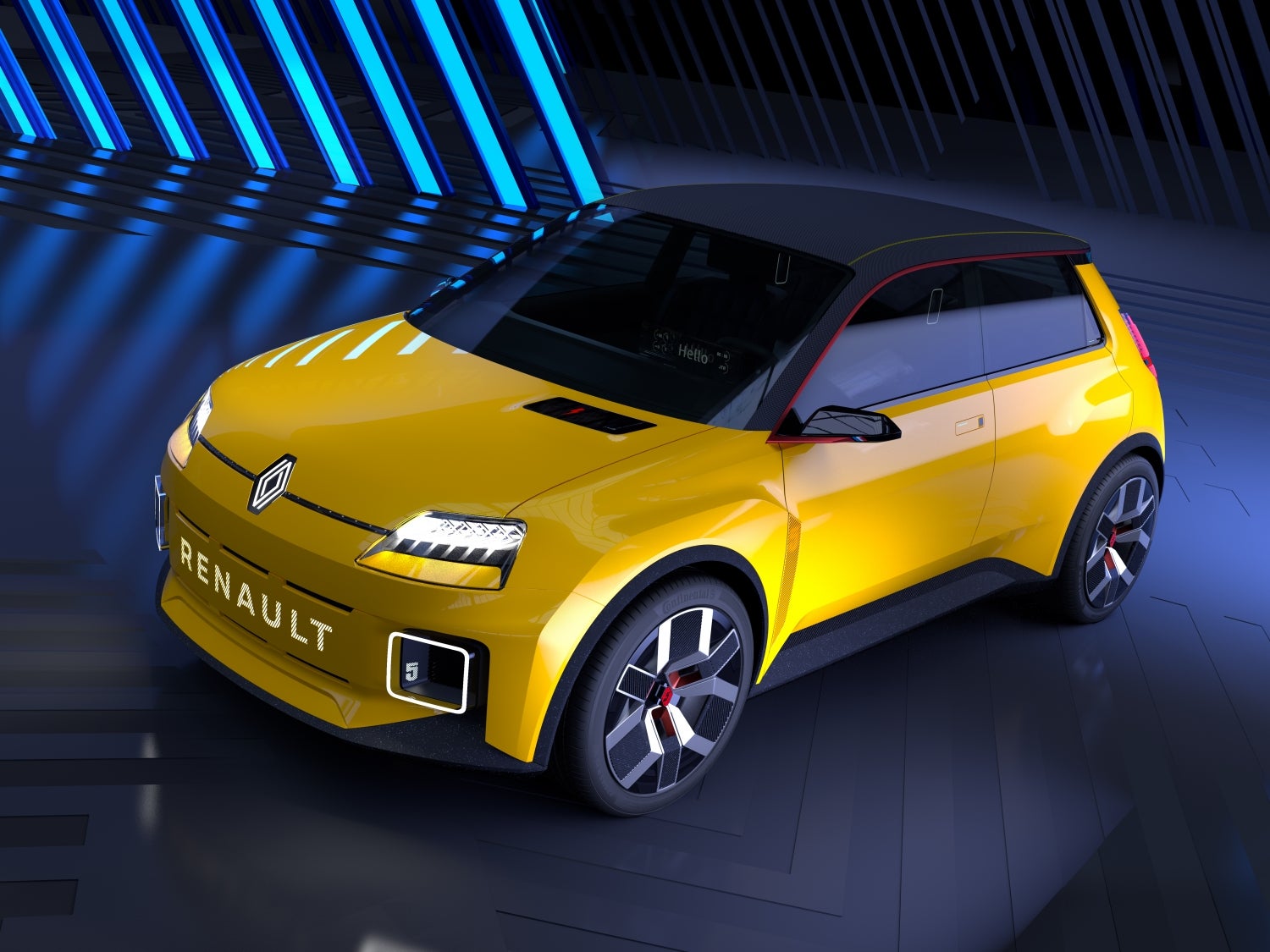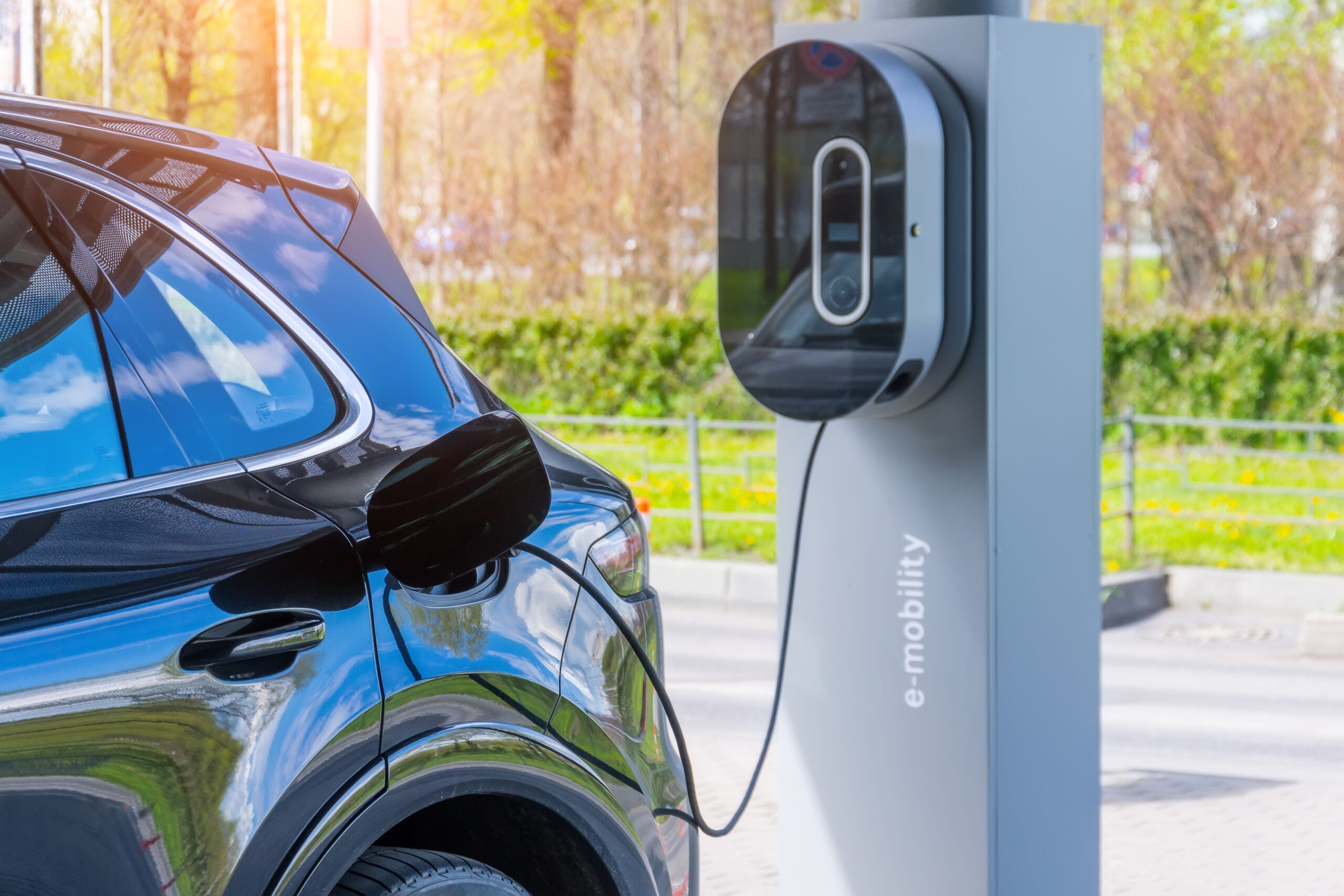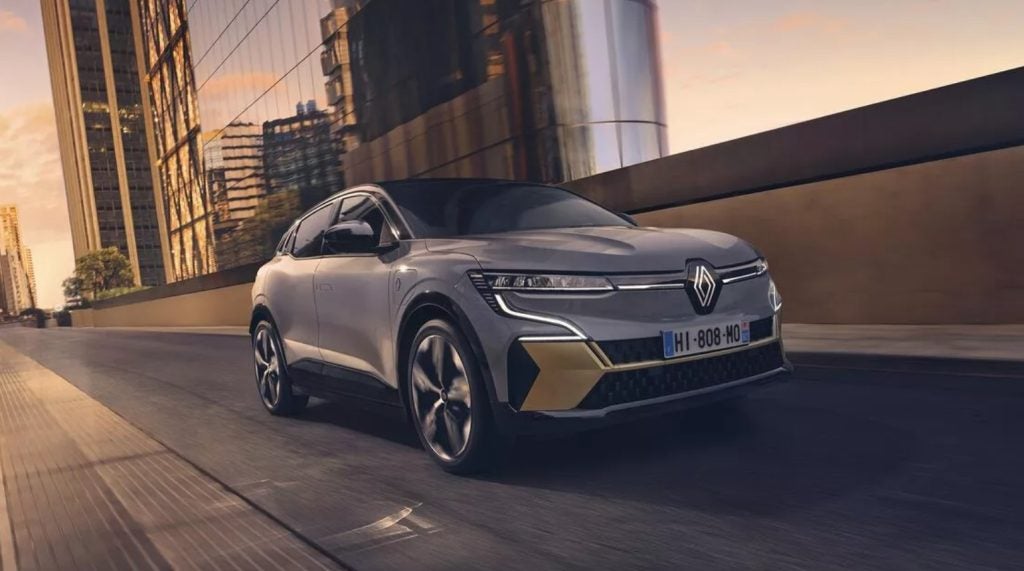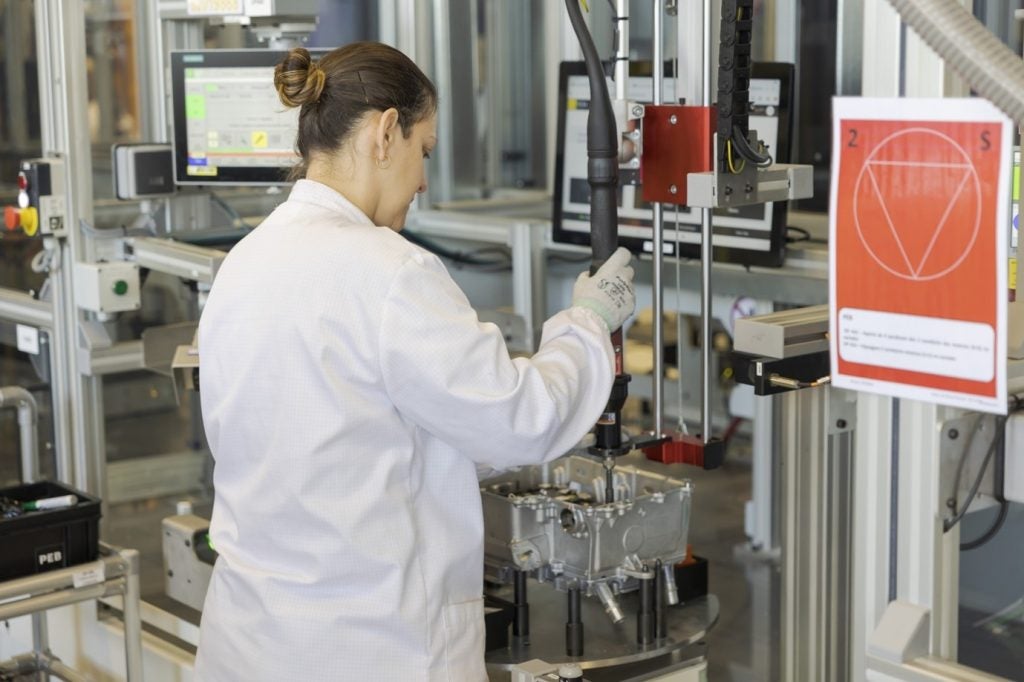
Over the coming weeks, future model plans for Alpine, Dacia-Lada, Mitsubishi, Infiniti, Venucia and Nissan will be examined as part of a deep dive into what’s coming later in the 2020s for the Renault-Nissan-Mitsubishi Alliance. First though, this new Just Auto series commences with a look at Renault and Renault-Samsung’s passenger vehicles.
The new decade has begun with much upheaval for Renault Group as it grapples with too much manufacturing capacity in Europe and South Korea, a troubled Alliance with Nissan and Mitsubishi plus woes in China. The challenges are not small but thanks to the latest Clio and Captur, the Renault brand itself is already on the comeback trail in many markets.
Insiders note that certain established model names such as Espace, Scenic and Megane will either end with their current generation or be rethought, becoming electric vehicles or variants of EVs. So it really is a time of ‘Renaulution’ as the firm terms this shake up. Let’s look first then at future cars, before moving on to SUVs and people carriers/MPVs, and end with a look at RSM’s travails.
Cars
The 5, a small hatchback, is to return, it was announced in January. A week later Renault Group chairman Jean-Dominique Senard said the car would be manufactured at the Douai plant, the official name of which is Georges Besse. Production of the Espace and Talisman is due to end at the French factory, so the 5 can be thought of as a partial replacement for this capacity. Further CMF-B EV platform models might be built there too.
How well do you really know your competitors?
Access the most comprehensive Company Profiles on the market, powered by GlobalData. Save hours of research. Gain competitive edge.

Thank you!
Your download email will arrive shortly
Not ready to buy yet? Download a free sample
We are confident about the unique quality of our Company Profiles. However, we want you to make the most beneficial decision for your business, so we offer a free sample that you can download by submitting the below form
By GlobalDataUnlike the original 5 from the 1970s and its ’80s Super-Cinq replacement, this one will be electric and have five rather than three doors. The ‘Renault 5 Prototype‘ showed some guidance for how a production model may look.
It had initially been unclear how the 5 and an assumed second generation of the Zoe would relate to one another. However, Group CEO Luca de Meo stated in a February interview that the 5 would replace the brand’s existing B segment electric hatchback.
Another car which is to be reinvented will be the famous 4, also known as the 4L. A preview of this new generation for the long out of production Quatr’elle is due to be announced in July, Renault hinted in a 4 February statement to the press. The little wagon will inevitably be electric and therefore closely linked to the 5. Further details, such as the architecture and proposed launch date, can be found in PLDB (see link at the end of this report).
Given how poorly the current model has been received outside France, it was thought that a new Mégane might not happen. Instead, Renault stated in October 2020 that a fifth generation model will happen. The company showed some guidance for how it could look by revealing the Mégane eVision at a special event that month. Luca de Meo claimed that this prototype shared “95 per cent” of its looks with the production model. Build of what should be an electric-only model is due to commence towards the end of 2021 (Georges Besse is said to be the plant).
The 4,210 mm long eVision was powered by a 60 kWh battery and while short for its segment, interior room was generous thanks to a long wheelbase (2,700 mm) and short overhangs. It will be a competitor for the larger VW ID.3, along with the Nissan Leaf, Citroen e4 and others in the C-EV class. The fourth generation Megane five-door is 4,359 mm long, which is 64 mm lengthier than generation three.
Whether or not the eVision’s drive system will make it to production unchanged isn’t yet known. The prototype was said to have power and torque outputs of 160 kW and 300 Nm.
A longer, seven-seat body could be added in 2023, reviving the by-then discontinued Mégane Scénic name.
Crossovers/SUVs
The Kiger is one of Renault’s newest models. The firm developed this 3,991 mm long SUV mainly for the Indian market. Although some thought it would be called ‘Climber’, the name of a Kwid-based SUV concept which debuted at the 2016 New Delhi auto expo, it is instead Kiger. Official details were announced in January, a month before production started.
The Kiger concept which Renault revealed to the press in November 2020 had given a strong indication of how the production model would look.
Ground clearance is 205 mm, while the boot capacity is 405 l or 879 with the back seats folded.
Engine choice is between a 72 kW and 96 Nm non-turbo 1.0-litre or a 100 kW and 160 Nm 1.0-litre, three-cylinder petrol turbo. Transmissions for the base engine are a five-speed manual or an Easy-R robotised five-speed manual. The turbo can be ordered with a five-speed manual or a CVT.
Logically, the life cycle should be seven years although as the basic vehicle is fairly aged, the Kiger might instead only be around for three-six years.
The Nissan Magnite is part of the same project. Both this small SUV and the Kiger are manufactured at the Alliance’s Oragadam plant in Tamil Nadu.
An electric SUV around the same size as the Kadjar is coming, and relatively soon (2022). The vehicle in question might even be a plug-in version of the second generation Kadjar. The company believes such a model will need a real world range of 500 km. The architecture will be CMF-EV. The Morphoz, an electric concept which was revealed in March 2020, was the first vehicle to use CMF-EV.
This model is expected to be manufactured in France – another model for Georges Besse/Douai.
MPVs
The first few details of a new Kangoo van and its surprisingly large MPV versions were announced to the media six months ago. There are diesel and petrol engines, as well as a Kangoo EV. More information was revealed in March, with vehicles due in French dealerships from June although the ongoing semiconductor crisis could well delay the Europe-wide roll-out.
In addition to the 4,486 mm long Kangoo, there is a larger Express for markets outside the European region (although the Express Van is available in Europe). Unlike the Kangoo & Kangoo Z.E., plus the Kangoo Van & Kangoo Z.E. Van, which are manufactured in France (Maubeuge), the Express and Express Van are built in Morocco (Tangier). They use the older B-Zero architecture and serve as the replacements for the recently discontinued Dacia Dokker and Dokker Stepway.
Engines and gearboxes announced in March were as follows:
- 1.3 TCE 100 with six-speed manual transmission, 1,333 cc 16v four cylinder petrol, 75 kW (100 PS) and 200 Nm
- 1.3 TCe 130 with six-speed manual or seven-speed EDC dual clutch transmissions, 1,333 cc 16v four cylinder petrol, 96 kW (130 PS) and 240 Nm
- 1.5 Blue dCi 75 diesel with six-speed manual transmission, 1,461 cc 8v four cylinder diesel, 55 kW (75 PS) and 230 Nm
- 1.5 Blue dCi 95 diesel with seven-speed automatic or six-speed manual transmissions, 1,461 cc 8v four cylinder diesel, 70 kW (95 PS) and 260 Nm
- 1.5 Blue dCi 115 diesel with seven-speed automatic or six-speed manual transmissions, 1,461 cc 8v four cylinder diesel, 85 kW (115 PS) and 270 Nm
Renault will likely keep the new XFG series model in production for a decade, which means a facelift probably won’t arrive until 2026. The architecture of all the new Kangoo variants is Alliance A.
Renault Samsung Motors
What is to become of RSM? Renault Group itself is saying nothing positive in public; a dangerous way to behave when the Samsung brand needs loud public statements of support if its parent wishes for things to improve. Instead, there have been continued threats to the union which represents some 1,900 workers at the Busan plant as it agitates for wage hikes.
The factory in the port city is high-cost, Renault insists, comparing it unfavourably to other Group facilities such as plants in Spain which have been forced to undergo restructuring. As for the union, the latest response has been to announce a new strike last week which commenced earlier on 24 May.
In April – and this is no sudden collapse either – South Korean market deliveries of RSM’s three models plunged by a combined 50.4%. Samsung ended the first four months in position seven, quite some way behind Hyundai, Kia, Genesis, Mercedes, BMW and GM Korea. Deliveries for 1 January to 30 April numbered a mere 18,595 passenger vehicles and with the loss of the old shape Nissan Rogue for export markets, the future of Busan (annual capacity: 300,000 units) isn’t looking too good.
Unless Renault finds the will and a way to fix RSM’s woes, consumers in South Korea will do the obvious and continue to shun the brand. And it’s not as if the models offered are uncompetitive either, particularly the XM3 which is only just over a year old and beginning to be sold in ever more overseas markets as the Renault Arkana. The only other RSM vehicles are the QM6, a slightly restyled Renault Koleos; and the SM6, a version of the Renault Talisman introduced five years ago, around the same time as the QM6. The last of these will likely be phased out either later this year or in 2022. Perhaps the XM3 and QM6 will become Renaults instead of Samsungs.
Alternatively, Renault could shut down RSM, killing off the Renault Samsung brand and winding up all operations in the country. With SsangYong’s Pyeontaek plant similarly imperiled and GM Korea also not exactly flush with success, it’s hard to envisage any OEM wanting to step in and take RSM or the Busan factory off Renault’s hands.
Reports for many other manufacturers’ future models are grouped in the OEM product strategy summaries section of Just Auto.
Future platform intelligence
More detail on past, current and forthcoming models can be found in PLDB, the future vehicles database which is part of GlobalData’s Automotive Intelligence Center. That includes Renaults missing from this report.








